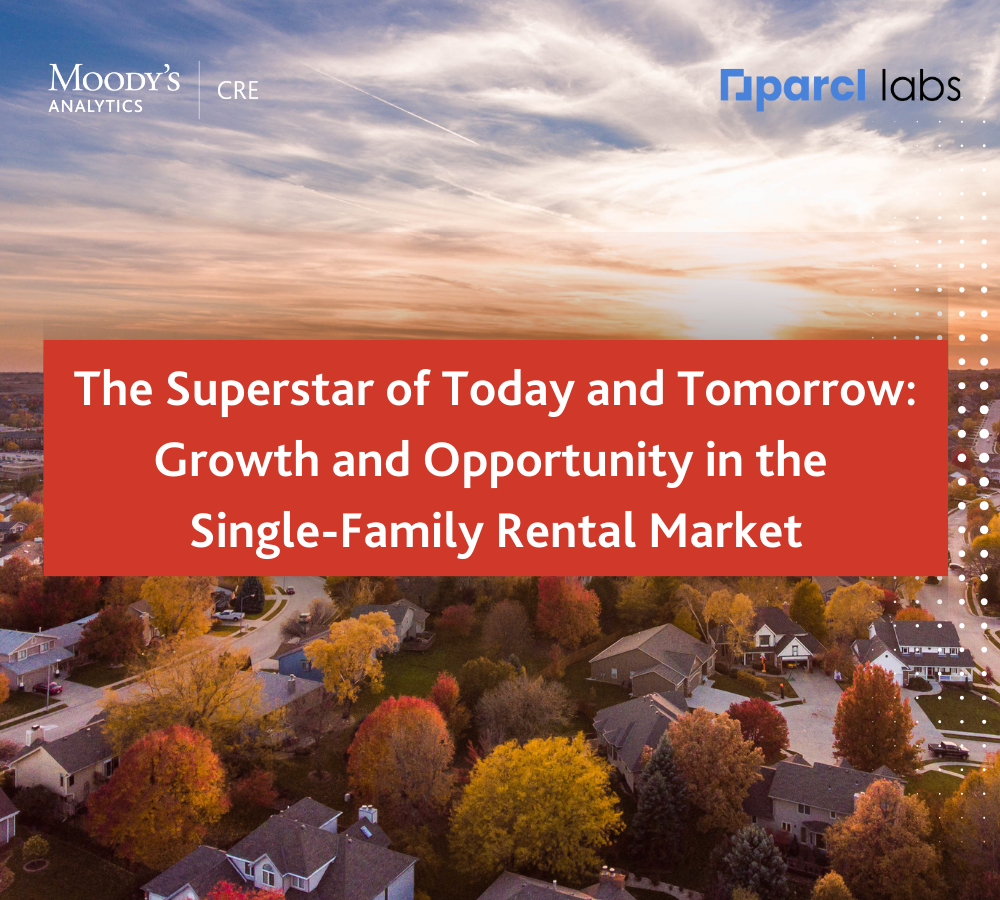Originally Published in The Journal of Portfolio Management
Over the past decade, single-family rentals have emerged as a commercial real estate sector in their own right. Once the purview of small investors, this asset class has increasingly become institutionalized, leading to concerns regarding the potential crowding-out of homeowners as an individual institutional operator can own upward of 10,000 homes in a metro area. REITs and private equity firms, among other institutional owners, have expanded their interest in single-family rentals beyond properties found in the existing housing market to also include build-to-rent communities, the latter of which are perceived to divert construction resources away from new supply for the single-family purchase market. However, while single-family rentals in markets in which large corporate owners operate do command higher rents, there is no evidence that institutional operators are impacting homeownership at the national level.
Ermengarde Jabir, PhD is a Senior Economist at Moody’s Analytics, specializing in commercial real estate. Her research interests include the intersection of REITs and the macroeconomy and she has been published in economics journals as well as industry publications. Prior to joining Moody’s Analytics, she held positions in various government agencies as well as in the private sector.
Thomas P LaSalvia, Ph.D. is Head of Commercial Real Estate Economics at Moody's Analytics specializing in commercial real estate across property types. While his expertise encompasses space and capital market performance, Thomas’s keen interest lies within the subdiscipline of optimal location theory. Dr. LaSalvia regularly presents his research at industry events and his insights are frequently featured in leading periodicals. Prior to joining Moody's Analytics, Dr. LaSalvia was an industry consultant and served as a Lecturer of Economics at The College of William & Mary.

